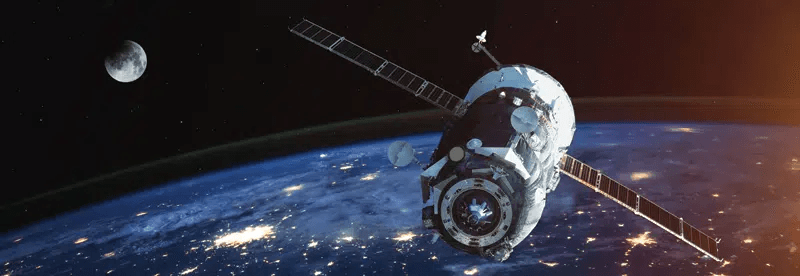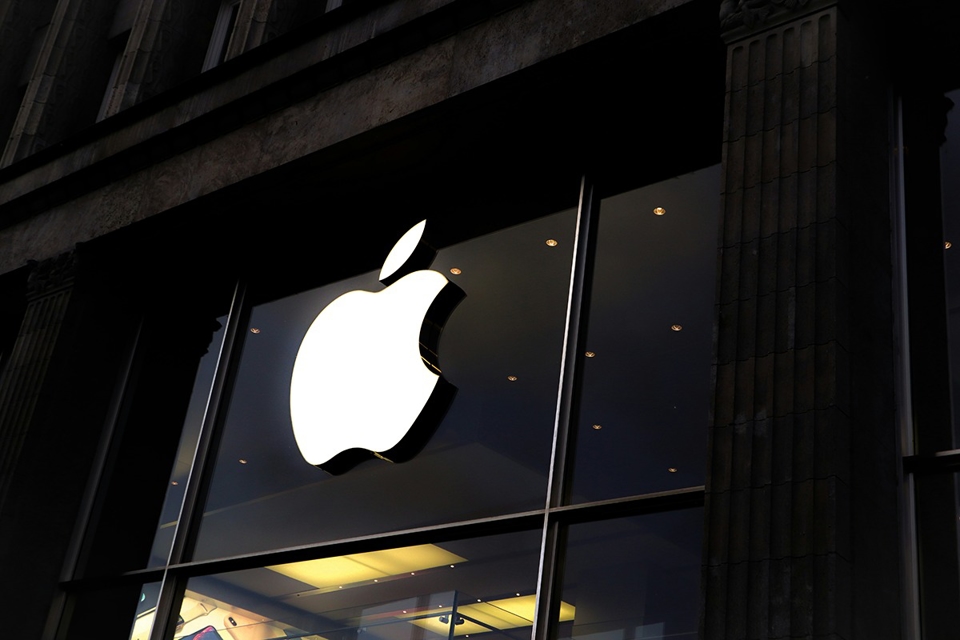Martensen IP’s Jack Stuart is a highly decorated, retired USAF fighter pilot who has extensive experience at both Air Force Space Command Headquarters and the National Security Space Institute. Recently, he shared some thought-provoking insights in an article he wrote for The Space Report.
Titled “The Role of Intellectual Property in Space Innovation,” the article is an in-depth exploration of intellectual property (IP) law, from its earliest precursors in the Venetian Act of 1474 to the inherent conflicts between IP law and space law today, and how the rise of commercial space ventures has exacerbated that tension. Jack goes on to explain best practices for securing IP rights in space and shares his vision of the future of IP law in this new frontier.
Take Action Early to Protect IP
Most people know who Mark Zuckerberg is. Far fewer know the names Cameron and Tyler Winklevoss, even though they are the ones whose idea for a social media app called the Harvard Connection ultimately became Facebook. Why? Because they failed to proactively protect their intellectual property, and enterprising programmer Zuckerberg took that critical step for the code he wrote.
It’s a valuable lesson for entrepreneurs looking to get involved in commercial space endeavors. Few of their incredible innovations will see the light of day without solid intellectual property rights. In fact, those rights are what incentivize inventors to invest the time and capital necessary to break new ground in any field.
Space: The New Frontier for Innovation
In much the same way that the birth of aviation was a powerful driver of innovation, space travel and exploration are positioned to create a new wave of scientific advancements. Protecting the rights to those advancements is, as it always has been, vital.
In fact, in talking about technical innovation, President Abraham Lincoln called the introduction of patent laws one of the three most important developments in world history, along with reading and writing, and the discovery of America. Lincoln felt that those three preconditions created the foundation for “all other inventions and discoveries.”
Prior to the development of patent laws in England in 1624, something created by one person could immediately be adopted and used by another. But by giving inventors exclusive rights to their inventions for a limited time, the patent system became the fuel that still today entices creative individuals to bring their ideas to life.
The Origins of Space Law
Unlike patent law, whose concepts actually go all the way back to the Venetian Act of 1474, space law’s origins are in the mid-20th century. It came about during the Cold War, when the main concern was avoiding nuclear war and space treaties were essential to that goal.
Unfortunately, space law hasn’t evolved to address the commercial potential of space as opposed to its role as a potential battleground.
The Conflict Between IP Law and Space Law
One of the key differences between IP law and space law is that the former was developed over the course of centuries with a focus on individual property rights and under the laws of individual countries, while the latter was created to address the safety of large populations and originated from agreements among many nations. In addition, under space law, the law applicable to a space object is the law of the country under which it is registered. This includes IP laws—in particular, the patent laws that govern inventions.
A number of questions associated with this approach first surfaced in the early days of the International Space Station (ISS). Who owns what? Which nation’s law—if any—applies in a given situation? How can these laws be enforced, if they can be enforced at all? And while certain issues like whose patent laws apply to inventions developed on the ISS have been resolved to some degree (it depends on the section of the ISS in which the invention is made), many more have come to light.
Further complicating the issue is the impact of commercial space ventures. Now, rather than a handful of countries trying to apply IP law and space law in a way that’s fair and equitable, there are a rapidly growing number of private companies involved. While governments are still responsible under space law for these commercial activities, they no longer hold sway over all aspects of nongovernmental ventures.
Best Practices for IP in Space
For companies making large capital investments in the development of space-related innovations, IP protection is critical. Without it, there’s no guarantee that their efforts will be rewarded or even that their research and development costs will be covered.
Although IP law in space is still very much unsettled, there are steps businesses can take to better protect their rights. First, they must start with a plan. Mistakes in IP protection can be bet-the-company costly. Or as has been said, “Innovation without protection is charity.”
Next, companies must protect IP from the moment it is developed. Worldwide, small companies are responsible for the most innovation. Unfortunately, these businesses often have tight budgets, which leaves them struggling to “keep the lights on” without “giving away the store.” Nevertheless, they must identify their IP and take action to secure it.
And finally, companies must protect their IP using an international mindset. Protecting IP in space is a relatively new concept, but protecting it internationally is not. There are many lessons learned on Earth that can be applied in space.
Looking Ahead
Clearly, the law governing IP rights in space has yet to be brought into harmony with space law itself, much less codified into practical, useful international instruments. However, it must be if “commercial space” is to become a reality.
There are a number of proposed solutions for managing IP rights in the global commons of space. As more countries and companies look to explore this new frontier, the pressure mounts to select an approach, refine it, and make clear how it will be applied for the benefit of all.
Read Jack Stuart’s Article
Jack’s article is a fascinating read for anyone involved with, or interested in, the space industry. Download a copy of “The Role of Intellectual Property in Space Innovation.”
See more content from The Space Report.






